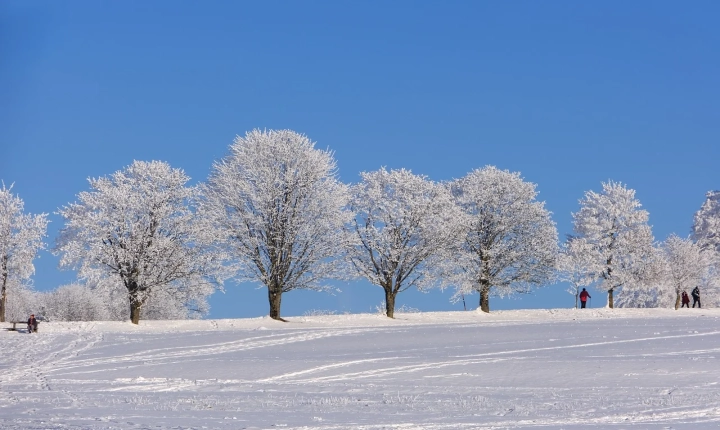As technology continues to advance, the capabilities of artificial intelligence (AI) continue to expand, making it easier to create realistic and convincing images. With the rise of AI-generated images and deepfakes, it has become increasingly challenging to tell if an image has been created by a human or AI. However, there are certain clues and techniques that can help in determining whether an image is AI-generated.
One of the most common ways to tell if an image is AI-generated is by looking for inconsistencies or anomalies in the image. AI-generated images often have certain artifacts or imperfections that are not typically found in images created by humans. These artifacts can include unusual patterns, distortions, or unnatural color distributions. For example, in some AI-generated images, the eyes or facial features may appear distorted or slightly misaligned, which can be a clear indication of AI involvement.
Another clue to look for is the level of detail in the image. AI-generated images often exhibit an unnaturally high level of detail or precision, especially in areas such as textures, patterns, or fine lines. In some cases, the level of detail may be too perfect or symmetrical, indicating that it was created by AI rather than a human. On the other hand, AI-generated images may also lack certain details or have discrepancies in lighting and shadowing that would typically be present in a real-life photograph.
Furthermore, analyzing the metadata of an image can provide valuable insight into its origins. Metadata, such as the file format, creation date, and editing history, can reveal whether an image has been manipulated or generated by AI software. For instance, certain AI tools leave distinct markers in the metadata that can be indicative of their use, such as the inclusion of specific software or algorithm tags.
Moreover, reverse image searching can be a powerful tool for determining the authenticity of an image. By using platforms such as Google Images or TinEye, individuals can upload an image and search for identical or similar versions online. If an image is a known AI-generated or deepfake image, it is likely that similar versions have been posted on the internet, often with discussions or disclosures about their AI origin.
In some cases, consulting an expert in AI or image analysis can also be helpful in determining the authenticity of an image. Professionals who specialize in computer vision, machine learning, or image forensics are equipped with the knowledge and tools to conduct in-depth analysis and detection of AI-generated images.
With the proliferation of AI-generated content, it is becoming increasingly important to be able to discern between real and AI-generated images. By being aware of the clues and techniques for identifying AI-generated images, individuals can become better equipped to navigate the digital landscape and distinguish between authentic and manipulated content. Additionally, advancements in AI and image analysis technology will continue to improve our ability to detect AI-generated images, ultimately enhancing our understanding of the media we consume.
